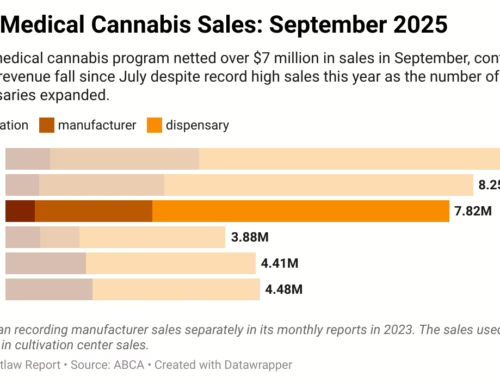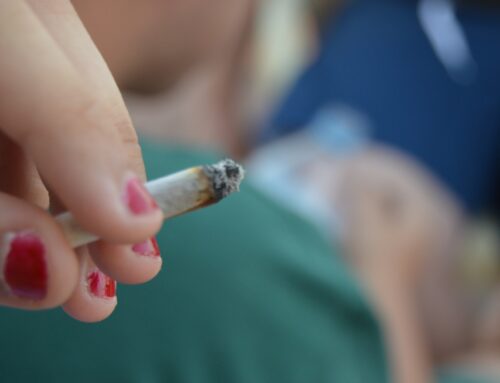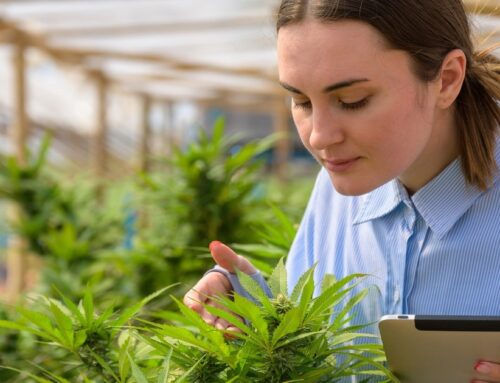‘River of Grass’ isn’t your typical environmental documentary
October 29, 2025
You’ve never seen the Everglades like this before.
In filmmaker Sasha Wortzel’s feature-length documentary “River of Grass,” the vast ecoregion that spans much of Central and South Florida appears ethereal, otherworldly, nearly dreamlike. Mangrove roots trawl their limbs over and through the muddy gaps where freshwater meets salt. Rivers wend their way down from Lake Okeechobee and through marshlands, lush with grasses and shrubs and those who dine on them. Sunlight coruscates on the water, the contested lifeblood of the Everglades. We hear Wortzel’s voice.
It’s then that we learn the Everglades are dying.
Part love letter to the Everglades, part plea for a reapproach to what’s called “nature,” Wortzel’s “River of Grass”is not a typical environmental documentary. It’s an “invitation,” Wortzel told Prism, one she hopes viewers accept to “connect to the environment [and] to think critically about the long legacies of colonial violence that are shaping our climate realities today.”
“River of Grass”gets its name from the 1947 book by Marjory Stoneman Douglas, a journalist turned environmental activist whose work helped lead to the creation and protection of Florida’s Everglades National Park. Douglas came to Wortzel in a dream and asked the filmmaker to help tell the story of the Everglades, the imperiled beating heart of Florida’s water system. “I had to grant her desire,” Wortzel said.
The first task was to offer a correction. The term “river of grass” did not originate with Douglas, as media reports about the book claimed. Rather, it’s an English translation of the Miccosukee and Seminole people’s placename for the Everglades. In the Miccosukee language, the word kahayatle roughly translates to “shimmering waters.” Betty Osceola, a Miccosukee tribal elder whose spiritual and cultural work with the Everglades grounds much of the documentary, says Douglas might not have meant anything negative by it, but she “stole river of grass.”
And that’s important to acknowledge. As the documentary exposes the manifold threats facing the Everglades, from habitat loss and invasive species to warming ocean waters, “River of Grass” spins around the source of these struggles: the belief that one can, and should, control water. Climate change, a collection of symptoms and rapidly intensifying ecological changes wrought by an economic system predicated on the extraction and burning of fossil fuels, is a consequence of domination. Or put another way: It’s a direct consequence of taking land from Indigenous peoples, calling it by another name, and refusing Indigenous existence is a part of that project.
We watch as Betty Osceola tells a group taking part in a prayer walk to “listen to the water.” What is the Everglades trying to tell you?
“River of Grass”attempts to bridge the two versions of the Everglades. There’s the Everglades as enemy: Archival news media clips refer to Lake Okeechobee, the northern source of much of the water that flows south through the Everglades and into the Gulf of Mexico, as monstrous. And there’s the Everglades as relative: Wortzel narrates the lake as the region’s “liquid heart.” We watch as Osceola tells a group taking part in a prayer walk to “listen to the water.” What is the Everglades trying to tell you?
The narrative of the Everglades-as-enemy laid the groundwork for its destruction. In the 1850s, Congress approved the Swamp and Overflowed Lands Act. Chattel slavery and westward expansion were still very much in effect, and federal incentives for states to take on the task of draining and planting land abounded. At the turn of the century, the Army Corps of Engineers, the branch of the military in charge of facilitating large-scale federal and private construction projects, began to channelize the Everglades’ water flow. After a 1928 hurricane caused Lake Okeechobee to overflow its banks—as is part of an organic process of water inundation essential to the health of wetlands—flood channels were constructed to manage water and prevent death from intense weather events. Now, water only has a few artificial corridors through which it can make its way to the ocean.
It’s been 100 years since water was allowed to move freely, and the Everglades’ plant and animal communities have paid the price. Bird species have declined more than 90% since the 1990s. Osceola says in the documentary that hurricanes “sweep” away and clean out the landscape, but these weather events are increasing in frequency and intensity due to changing atmospheric and oceanic conditions. Declining mangrove forests are also losing their ability to buffer the storms. Municipal governments continue to approve development and housing projects nearby or even within the boundaries of the Everglades itself. “River of Grass”alsohighlights local environmental justice fights: for example, how local governments approve sugarcane burning permits when the wind blows toward Black communities in southern Florida, while refusing permits when the wind is forecasted for white neighborhoods.
Threats come from the federal level as well. In June, the Trump administration opened an immigration detention center in the National Park on land used for military training. The facility, referred to as “Alligator Alcatraz,” made national news for its inhumane conditions, which in August led to the cessation of transfers into the facility. On Sept. 4, an appeals court judge ruled to keep the facility open, despite the many well-documented human rights abuses inside.
The Everglades-as-relative mourns the ecological losses and objects to the mining of the Everglades simply for what it provides. Nine million residents in South Florida are dependent on the Everglades for their drinking water. “It’s cheesy,” Wortzel said. “But we are the Everglades.”
It’s cheesy, but true. The connectedness raises questions about the future of the Everglades and the future of those who drink from its source, and whether one can exist without the other. These are questions both urgent and instructive for this time of climate destruction: How do you love something that’s dying, and can you love it back to life?
Editorial Team:
Tina Vasquez, Lead Editor
Carolyn Copeland, Top Editor
Rashmee Kumar, Copy Editor
Search
RECENT PRESS RELEASES
Related Post




